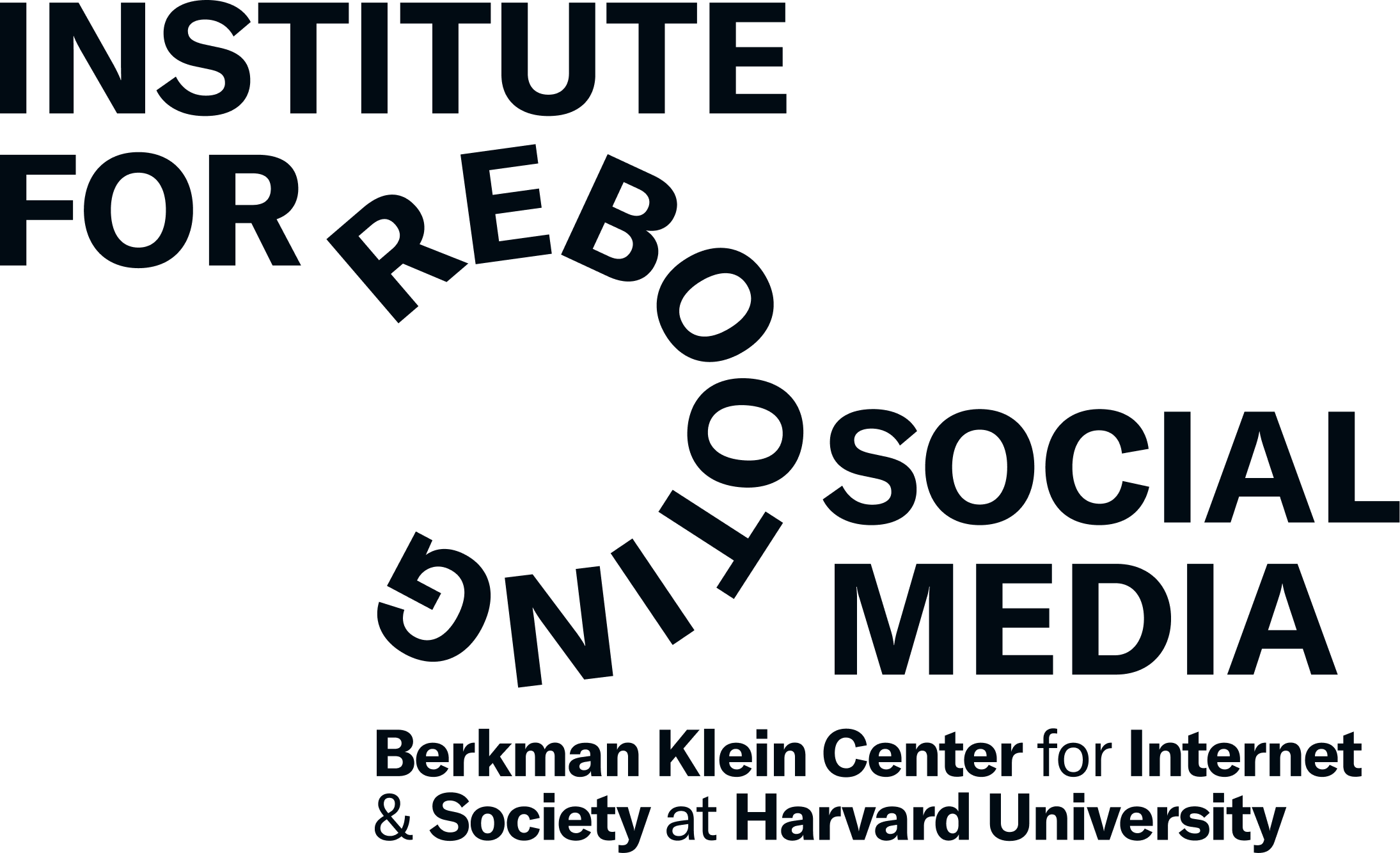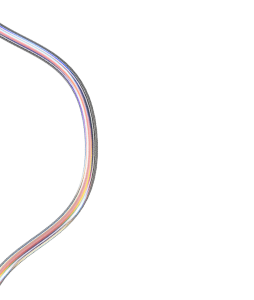
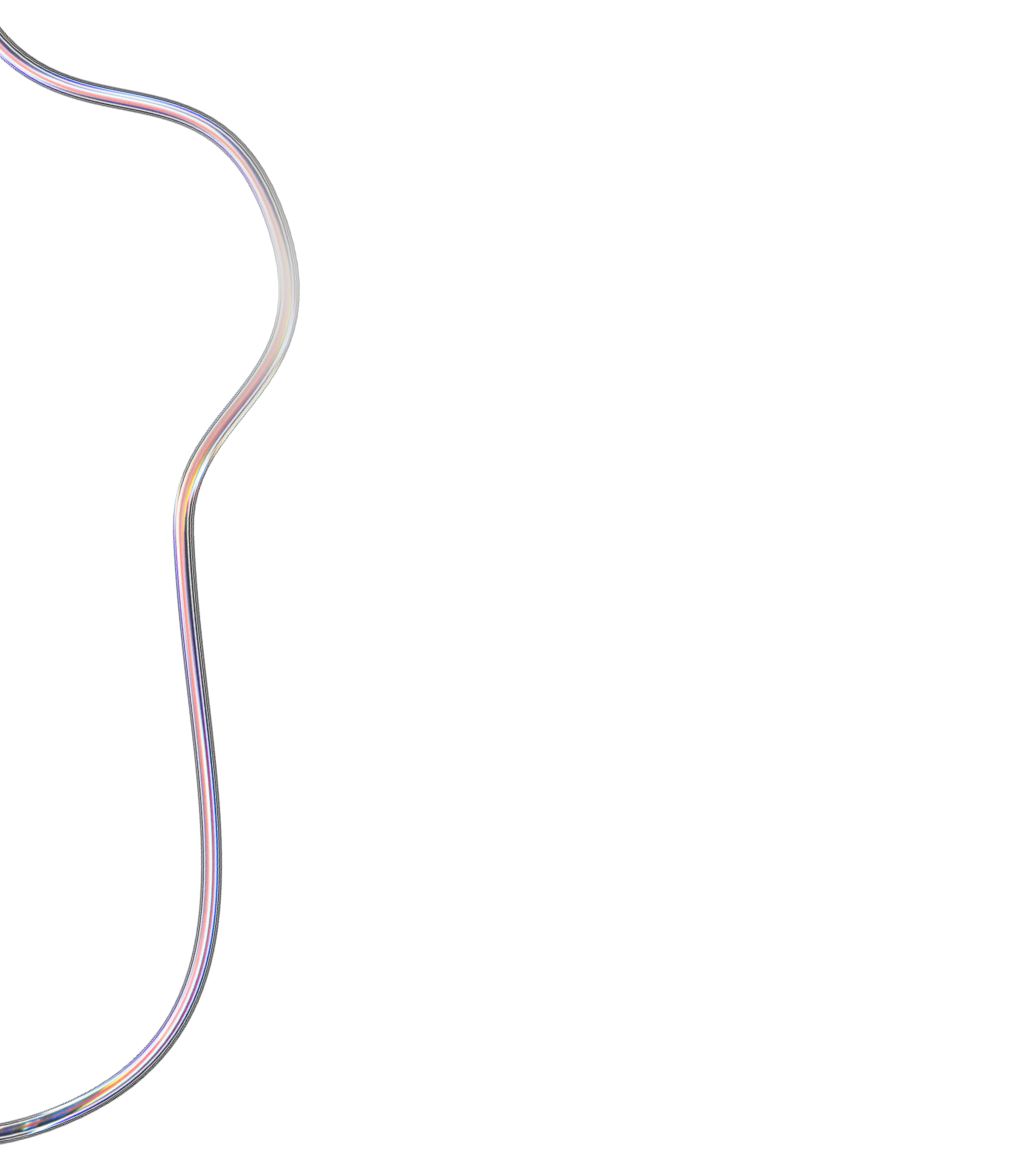
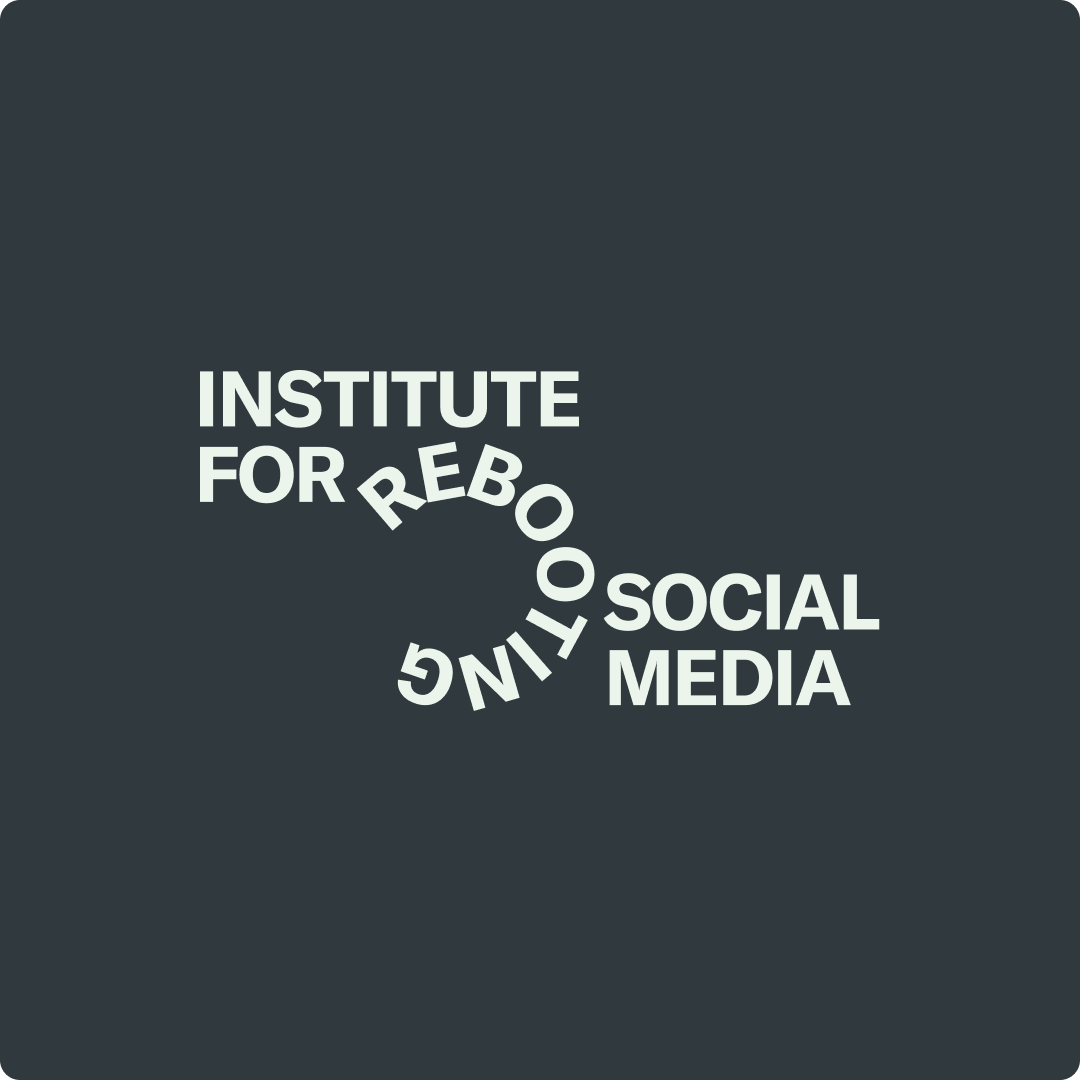
Psychedelic Bubbles and a Non-Euclidian Costume Party: Imagining positive futures for social media
Creative workshop from the Institute for Rebooting Social Media brings people together from around the world.
“We need to focus on what we want to walk towards, not just what we want to walk away from.” -Sarah Newman
“The Technology Future We Want: Imagining Positive Futures for Social Media” wasn’t the first public event from the new Institute for Rebooting Social Media, but it was a kind of housewarming: a lively, generative creative workshop designed to get people talking, thinking, and imagining possibilities. Over 150 people from 14 countries and 17 time zones joined for the workshop.
Sarah Newman, metaLAB’s Director of Art & Education, and a strategic advisor to the Institute, has created a workshop methodology that utilizes design-thinking principles to grapple with huge, thorny topics and shake loose new ideas and insights through a series of creative and tactile exercises. She kicked off the event with an invitation to get curious and playful, to surprise each other, and to model the kind of productive interactions we want to see in the world.
True to the event’s name, “positive” was the word of the day, an intentional shift from the way we typically talk about social media and its effects on society. “There’s no shortage of doom and gloom,” said Joanne Cheung, an artist, designer, and strategic advisor to the Institute, in framing remarks. She talked about exploring the terrain of utopia (vs. dystopia). Critique of social media’s current problems is necessary, she said, but equally we need to “exercise imagination as a muscle.”
In a warm-up exercise teed up by Berkman’s Senior Program Manager and Institute Lead Hilary Ross, the group brainstormed new metaphors for social media to help envision possible futures. To start, metaLAB Principal Kim Albrecht offered an atypical city street as an example: one that is ever changing, always moving, some new shop that pops up every time you open the door. After a few priming questions to get everyone in a more visceral state (“what does social media look like?” “how does it feel to be there?”), the chat fizzed with analogies: a middle school cafeteria, a mirror maze, candy, the deep end of a swimming pool, a swarm of bees, a sudsy bubble bath, and…
“a non-Euclidian costume party where the hosts left and the theme keeps changing” -workshop participant Taylor Black
Next, in lightning talks, four tech luminaries each had three minutes to answer the same prompt: “What do you see as the hardest challenge we face with regards to the future of social media?”
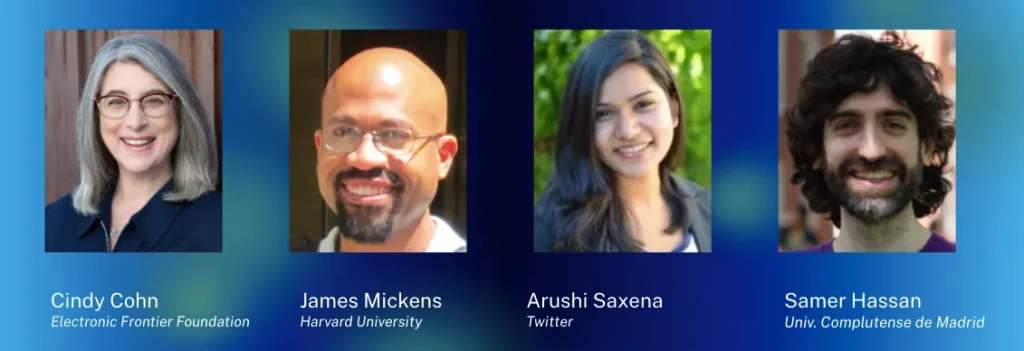
Cindy Cohn, Executive Director of the Electronic Frontier Foundation, talked about the risks posed to civil liberties as we attempt to address problems with technology. If we’re going to preserve the free expression values that we care about (and that are so crucial to marginalized voices), Cohn said it’s critical to separate the pieces of the problems that we are attributing to social media and the global rise of authoritarianism from the problems with the technologies themselves. “Too many of the solutions I see promoted by people in the Western world don’t pay attention to the freedom of expression needs of marginalized people in our society.”
Next was James Mickens, a Professor of Computer Science at Harvard University and Co-Director (with Jonathan Zittrain) of the Institute for Rebooting Social Media. In a compelling talk, he said that although there’s plenty of consensus that social media is broken, there’s none about anything else, from the reasons why it’s broken to the definitions of the problems (e.g. what is hate speech?). But, that’s no excuse for inaction, he said, and one task at hand is to “articulate a clear set of minimal standards for hate speech and misinformation, and we have to articulate them knowing not everyone will be happy, and enforce them uniformly.”
Arushi Saxena, Product and Policy Marketing Manager for Twitter’s Misinformation and Civic Integrity team and a former Assembly Student Fellow at the Berkman Klein Center, focused on data control. Data rights and empowerment matter a lot in the current and future social media landscape, she said, but not all the people who are victims of the system know enough about its harms to care. “There’s a lot of talk about increasing control and giving it back to the people, but I’d also like to see more about what we’re giving up to get that control.”
Samer Hassan, Associate Professor of Computer Science at Universidad Complutense de Madrid and Faculty Associate at the Berkman Klein Center, zoomed all the way out for the fourth lightning talk. He posed: is it even possible to build healthier social media with the current rules of the game? In the system we have now, monetization makes surveillance the business model, and accountability is impossible.
“When nasty consequences clash with the business model, the business model wins every time. As long as they have so much power, we can’t get what we want.” -Samer Hassan
We have to transition to an entirely different ecosystem, Samer said. “We have to change the rules so they aren’t rigged against us.”
The next section of the workshop activated the 150+ attendees around their own thinking on these topics. Olivia Tai, a student at Harvard College and Newman’s research assistant, steered the next section with a summary of responses to the event’s RSVP form, which had asked participants to reflect both personally and globally on the status quo of social media. The group recognized the ugly, broken, real parts of social media (harassment, hate, death threats) and the beautiful, magical aspects, too (making friends and professional connections, connecting with family, unrestrained humor and creativity, a sense of belonging).
Following that reflective note, it was time to build on the creative momentum generated by the workshop’s activities and guests, and synthesize ideas for the workshop’s crescendo. Newman guided the group through a reflection exercise, imagining the social media (or its equivalent) that the participants would like to see in the year 2031, and to then take a few minutes and write a brief description of this future. Once complete, participants could drop their ideas into a live data visualization. Designed by Kim Albrecht, the visualization is itself a kind of analogy for social media with its overlapping, brightly colored, thought-like bubbles.
The responses are a rich trove of ideas, from how future social media is accessed and experienced to how it’s governed and monetized. Here are a few examples:
My future of social media embodies intentionality, inclusivity, and choice. We choose the spaces we want to be in depending on what we’re looking for (feedback, connection, debate, understanding, research, etc.) and those spaces are optimized for their relative goals and are intentional about diversity and inclusivity. -Katie Waugh
an ephemeral network of connections to only strangers. identity is crucial but fleeting and malleable -Anon
Digitally localized communities with customizable rules and opt-in membership based on affinity. No main “feed” but instead transmission of information and culture objects between separate but interoperable “locations.” Sophisticated archiving and privacy systems, curation-based content recommendations, and transparent and modifiable algorithms. -Allegra Rosenberg
Social media is akin to what we love most about in-person socializing. It’s the serendipity of seeing mutuals, feeling like we can openly celebrate and reflect, and filled with spaces like our homes (a public porch, a living room, a personal bedroom). -Serena Chao
In 2031, social media will be the “anti-television”. What we communicate on it will have lasting, rather than fleeting, meaning. -Joanne Cheung
Social media in the future has one solo value proposition (to connect people safely and based on their preferences). They are provided a full understanding of what each setting and feature means. There are no ads on the platform, and customers’ data is managed by a data trust / union. -Anon
In the future, we spend less time on social media, we are more careful about what we share and what we consume. We feel shame if we share false information, or hurt someone with our actions. We work together to create a safe and productive space. -Anon
The best future I can imagine is a city park. It’s a free, open, aesthetically pleasing space to wander between time alone, time in public, art-making and performance, groups of friends, and new experiences. -Taylor C. Black
Future social media is not one thing. It’s a protocol, not a platform (h/t Mike Masnick) so we can have small private spaces as well as public ones and move between them. Business models vary too, but the current surveillance business model is not allowed because it conflicts with our baseline privacy laws. -Cindy Cohn
I can understand every language. I can see, feel and smell through it. It’s owned by everyone. It makes the whole world feel like home. You don’t feel lost. -Anon
I’d love social media to amplify the best qualities of being human, and democratically reflect the wishes of those who are using it. Nebulas, public, unsurveilled but archived. Democracy embodied. -Amy Van Es
Taken altogether, it’s one big, complex and interconnected dream for the future, and includes some prescient themes and even some strategies for getting there. Tying back to Newman’s opening remarks:
“We need to focus on what we want to walk towards, not just what we want to walk away from.”
This is just the beginning of the Institute’s work and programming, but the event felt like a harbinger of what’s to come: the deep insights, enthusiasm, ideas, and bits of magic that can come from bringing people together.
This article was written by Claire Stapleton.

